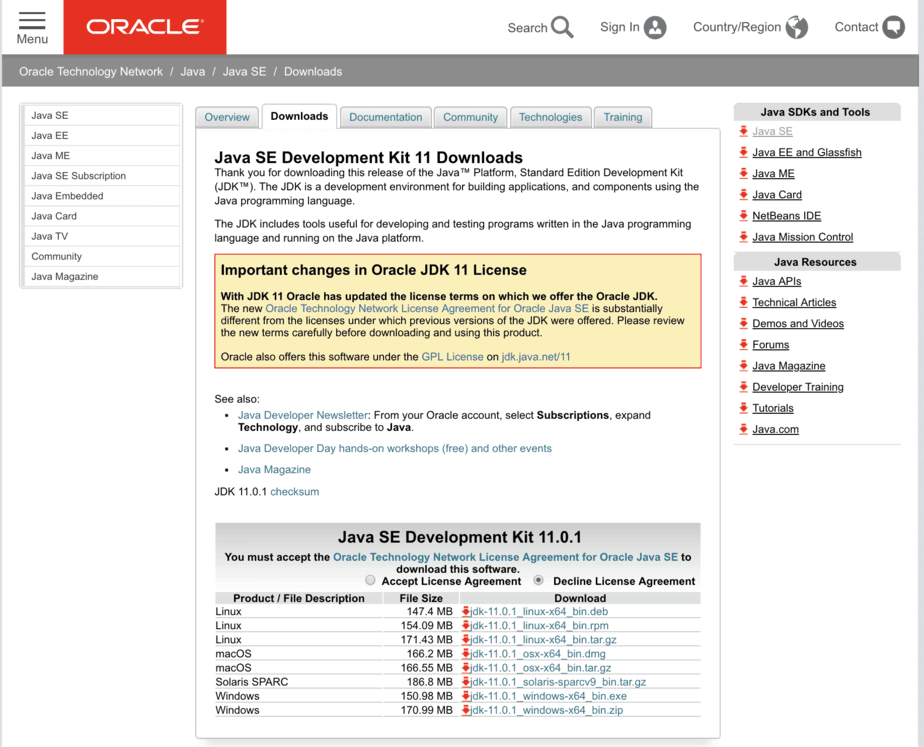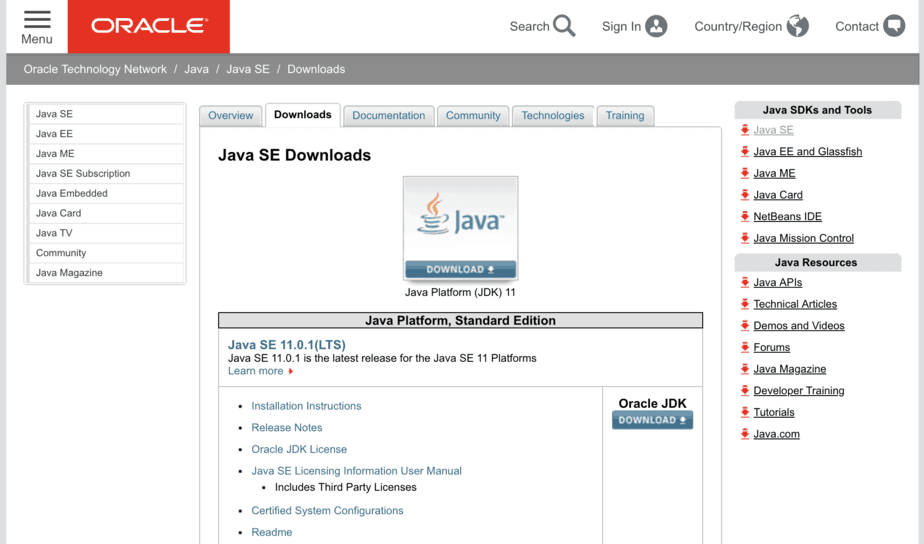

=> Package installers may write to any location options such as -appdir are ignored. => Running installer for java8 your password may be necessary. I entered my sudo password that has admin access and I get the following failure: In this post we learned how to install any version of Java on Mac using Homebrew.I followed this stackoverflow thread to install jdk1.8 on my Sierra MacOS. Then, you can use the aliases to switch between different Java versions: $ java8 bash_profile for the aliases to take effect: $ source ~/.bash_profile In this case, we want to be able to switch between Java8 and Java11: export JAVA_8_HOME=$(/usr/libexec/java_home -v1.8)Įxport JAVA_11_HOME=$(/usr/libexec/java_home -v11)Īlias java8='export JAVA_HOME=$JAVA_8_HOME'Īlias java11='export JAVA_HOME=$JAVA_11_HOME' If you want to switch between different versions of Java, you need to add the following to your.

Switch Between Different Versions of Java To install previous or specific versions of JDKs, you can get them from AdoptOpenJDK: $ brew tap adoptopenjdk/openjdk Install Specific Versions of Java (Java8, Java11, Java13) To install the latest version of Java, all you need to do is: $ brew cask install java Install Latest Version of Java Using Brew

Next, install Homebrew Cask $ brew tap homebrew/cask-versions If not, you can install it via: $ ruby -e "$(curl -fsSL )" Pre-requisitesīefore we start, make sure you have Homebrew installed on your Mac. In this article we show how to install Java on Mac using Homebrew, and how to allow to switch between different versions such as Java8, Java11, Java13 and latest Java version. You can have multiple versions of Java on your Mac.


 0 kommentar(er)
0 kommentar(er)
